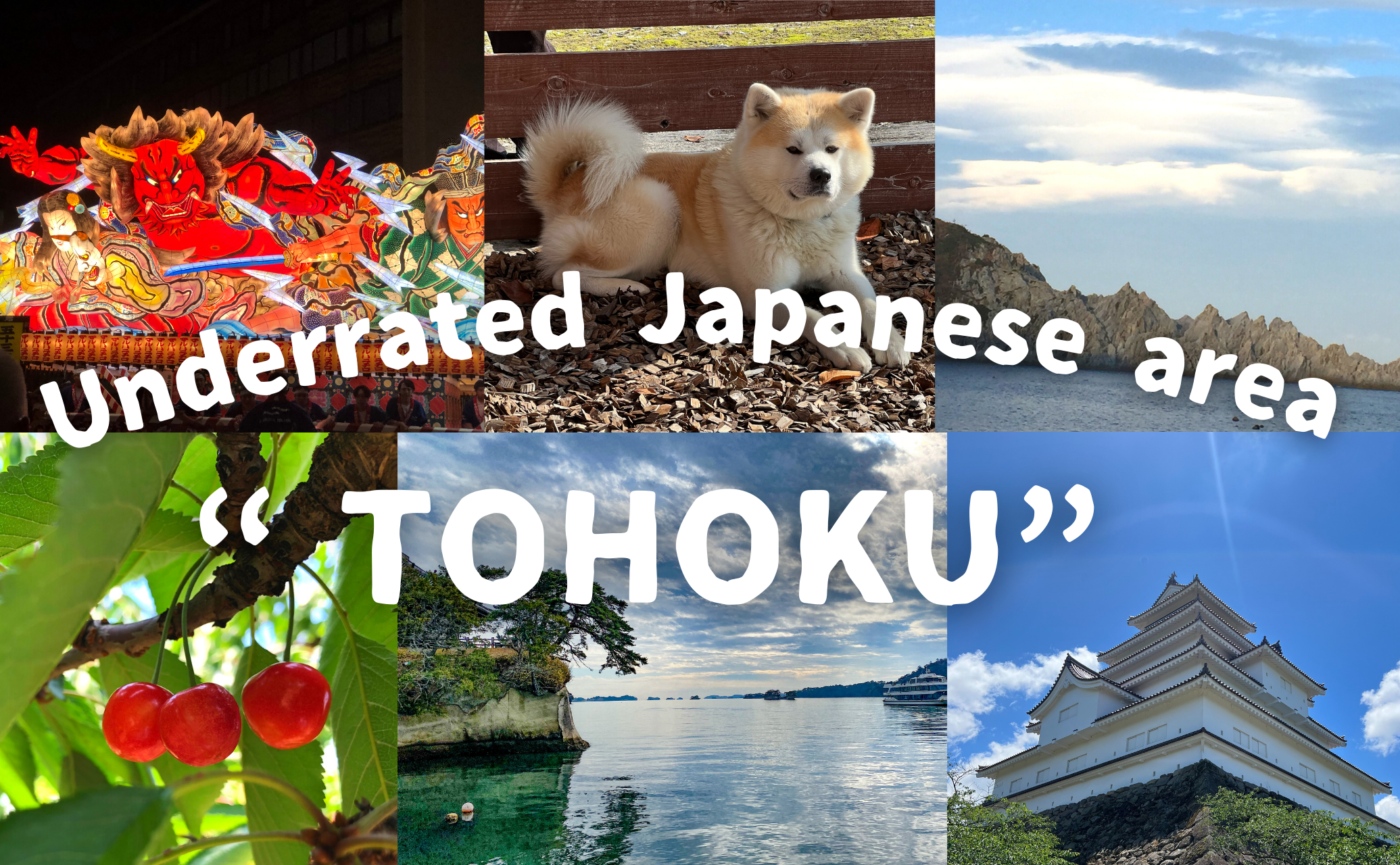Outside “the Golden Route”
For visitors to Japan, there is what is known as the Golden Route. They come to Tokyo, see Mt. Fuji, visit Kyoto, and then head for Hiroshima. In other words, they head west from Tokyo. Then, what is east of Tokyo? The answer is the Tohoku region.
What is the Tohoku region?

It consists of six prefectures from the north: Aomori, Akita, Iwate, Yamagata, Miyagi, and Fukushima. The Shirakawa barrier in present-day Fukushima Prefecture is considered the entrance to the “back” of the region, and from there the region became what is now known as the Tōhoku region. The “Oku” in “Oku no Hosomichi” by haiku poet Matsuo Basho refers to the Tohoku region.
Damage from the Great East Japan Earthquake
Damage caused by the unprecedented catastrophe of March 11, 2011, the Great East Japan Earthquake, reached a wide area of Japan. The tsunami hit Iwate, Miyagi, and Fukushima prefectures located on the Pacific Ocean side of the country particularly hard. Fukushima Prefecture, in particular, became infamous throughout the world as a result of the nuclear power plant accident.
More than a decade later, new towns are being built after the destruction caused by the tsunami. On the other hand, the traces of the nuclear accident in Fukushima Prefecture are still felt in the no-go zones that have not been lifted.
Full of charm!
Aomori Prefecture
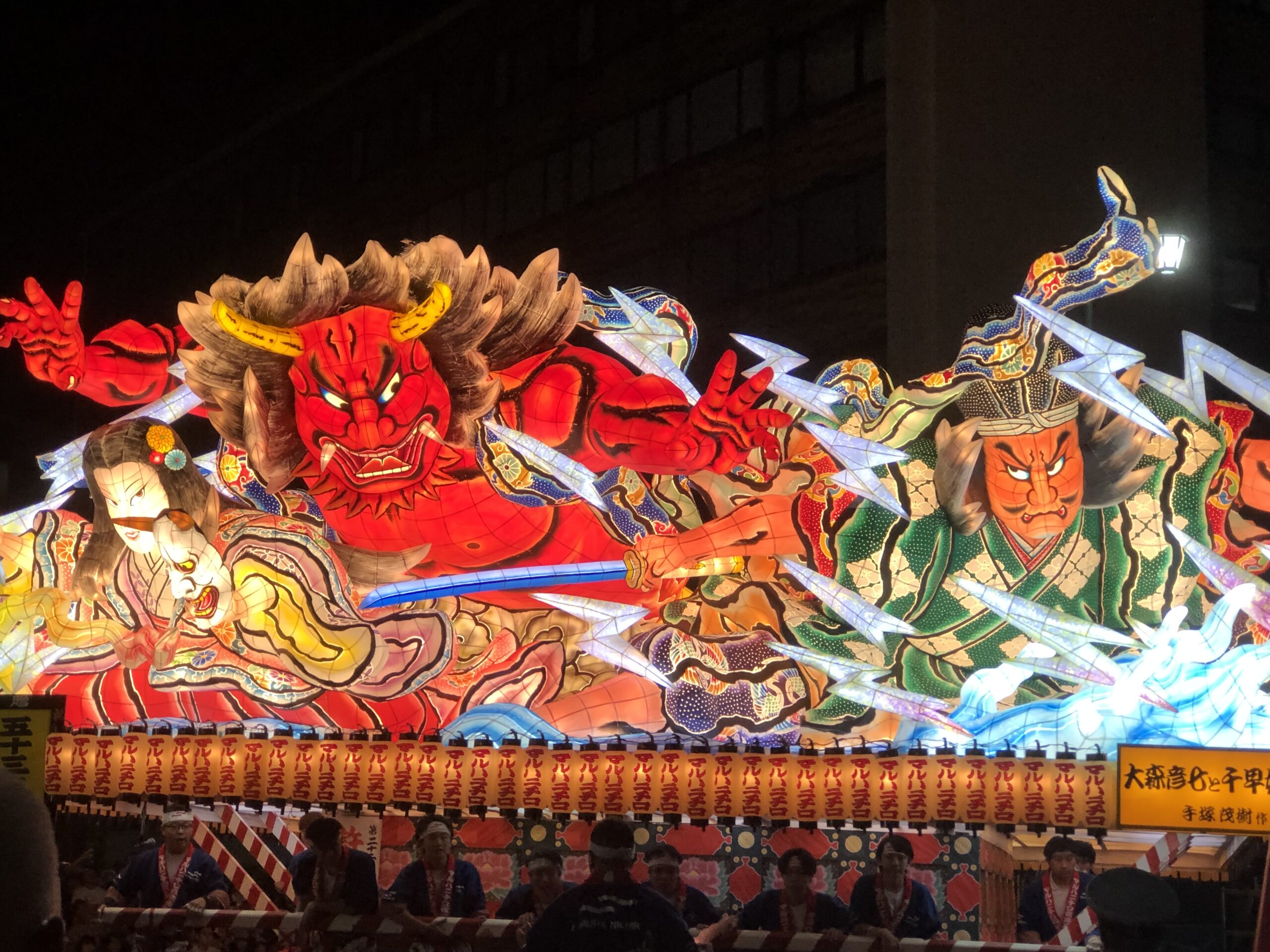
Aomori Prefecture is located at the northernmost tip of Japan’s Honshu Island. It faces both the Pacific Ocean and the Sea of Japan. In summer, the Nebuta Festival is held here. The festival is a spectacular procession of huge, lighted lanterns (Nebuta) on floats. Nebuta festivals are held throughout Aomori Prefecture and come in a variety of shapes and sizes.
In the winter, the area of Sukayu is subject to heavy snowfall, which can reach over 2 meters.
Akita Prefecture
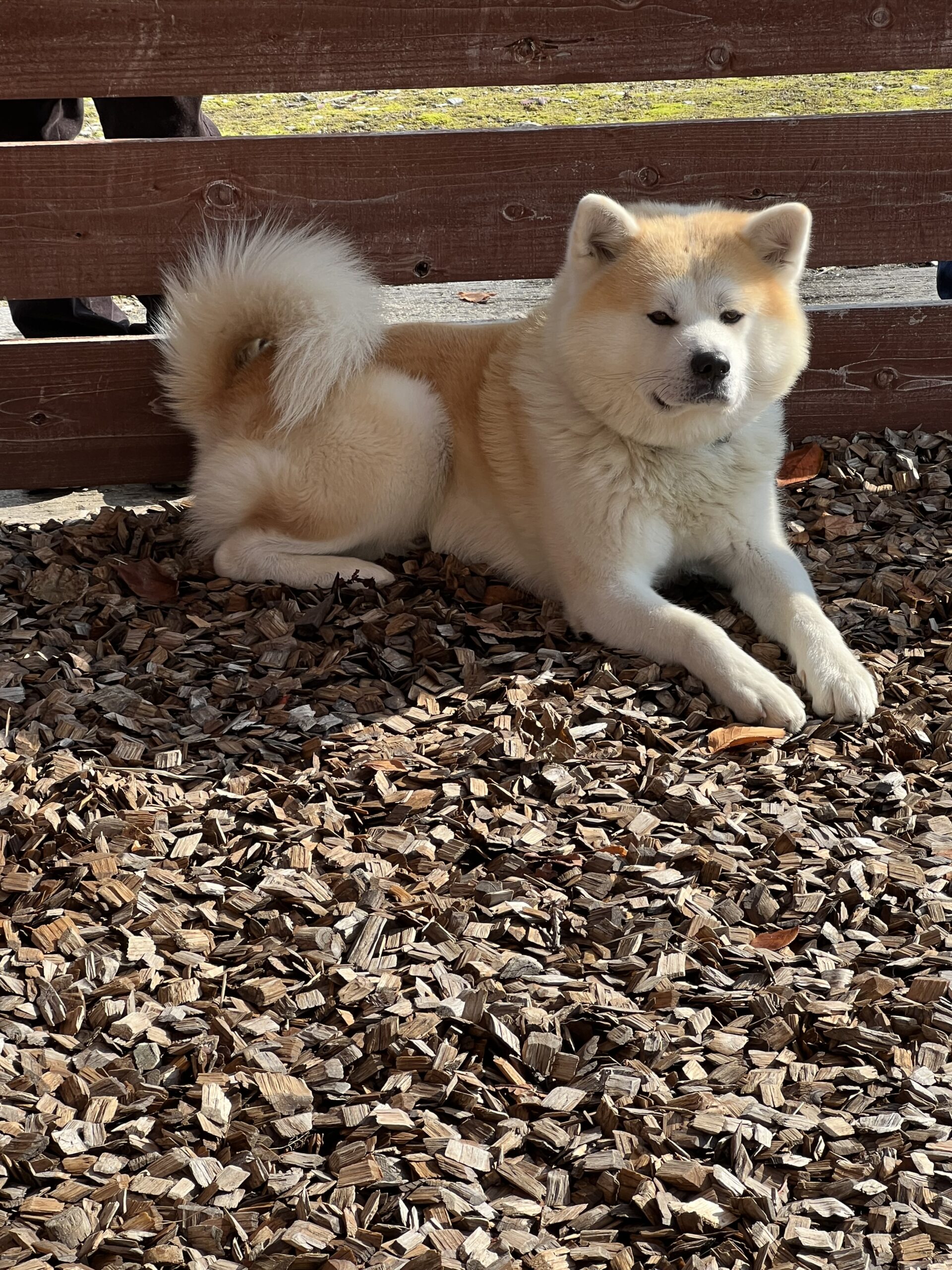
Located on the Sea of Japan coast. Akita Prefecture is home to the well-known Akita Inu, a Japanese dog native to Akita Prefecture (Akita Inu is the famous statue of Hachiko, the loyal dog in Shibuya).
The Shirakami Mountains, which extend into neighboring Aomori Prefecture, contain one of the world’s largest virgin beech forests and are registered as a World Natural Heritage site.
Akita City is the most concentrated city in Akita Prefecture, and the depopulation of other areas is very serious.
Iwate Prefecture
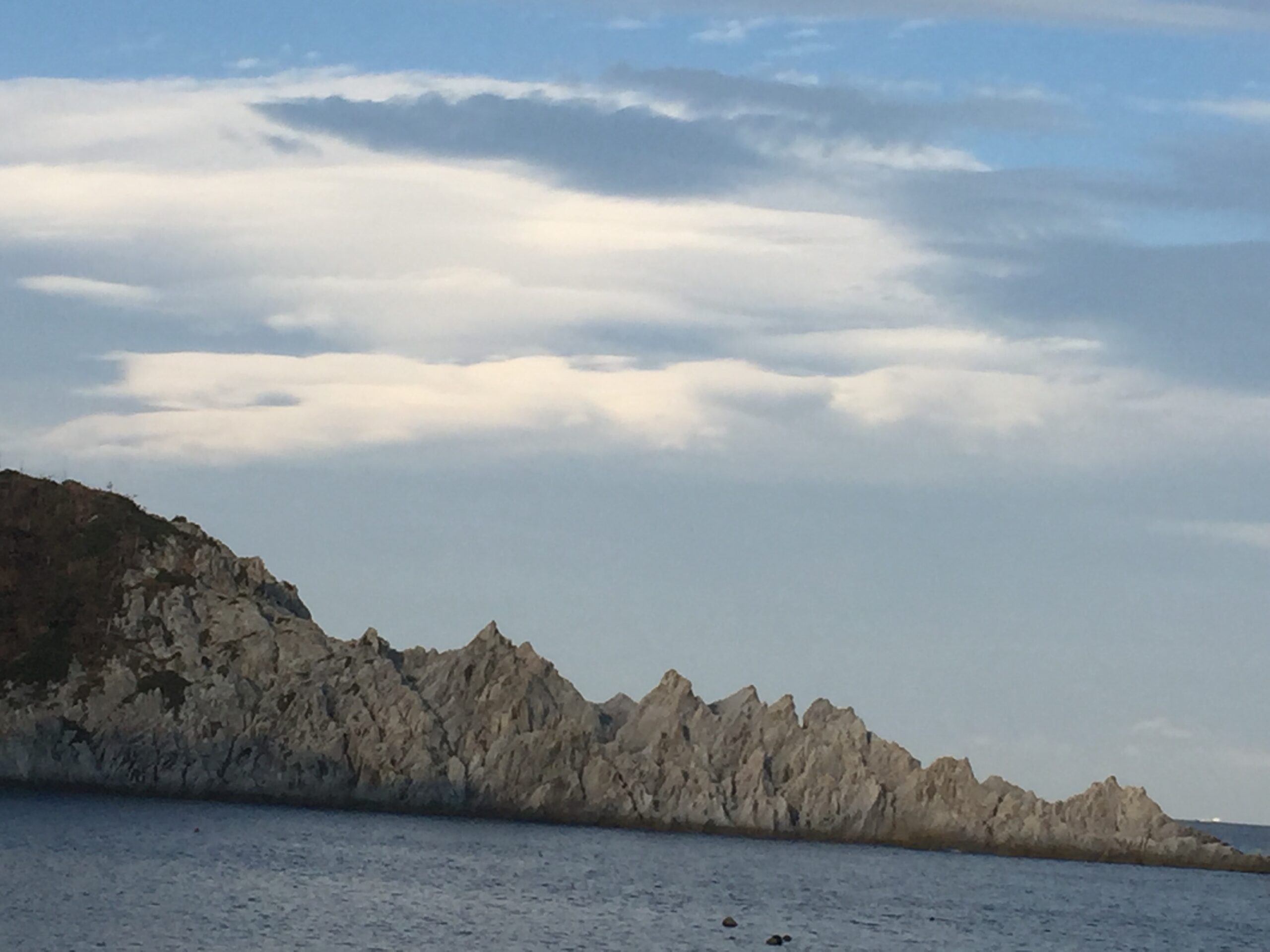
Iwate Prefecture has the largest area of any prefecture in Japan. The coastal area on the Pacific Ocean side has a rias coastline that nurtures a rich variety of seafood. Morioka City, located inland, is the largest city.
There are few cities between the coastal and inland areas, and it takes a long time to get around because of the many mountain passes.
In the southern part of the prefecture, Hiraizumi, with its temples and gardens representing the Buddhist Pure Land philosophy, is registered as a World Heritage site.
Yamagata Prefecture
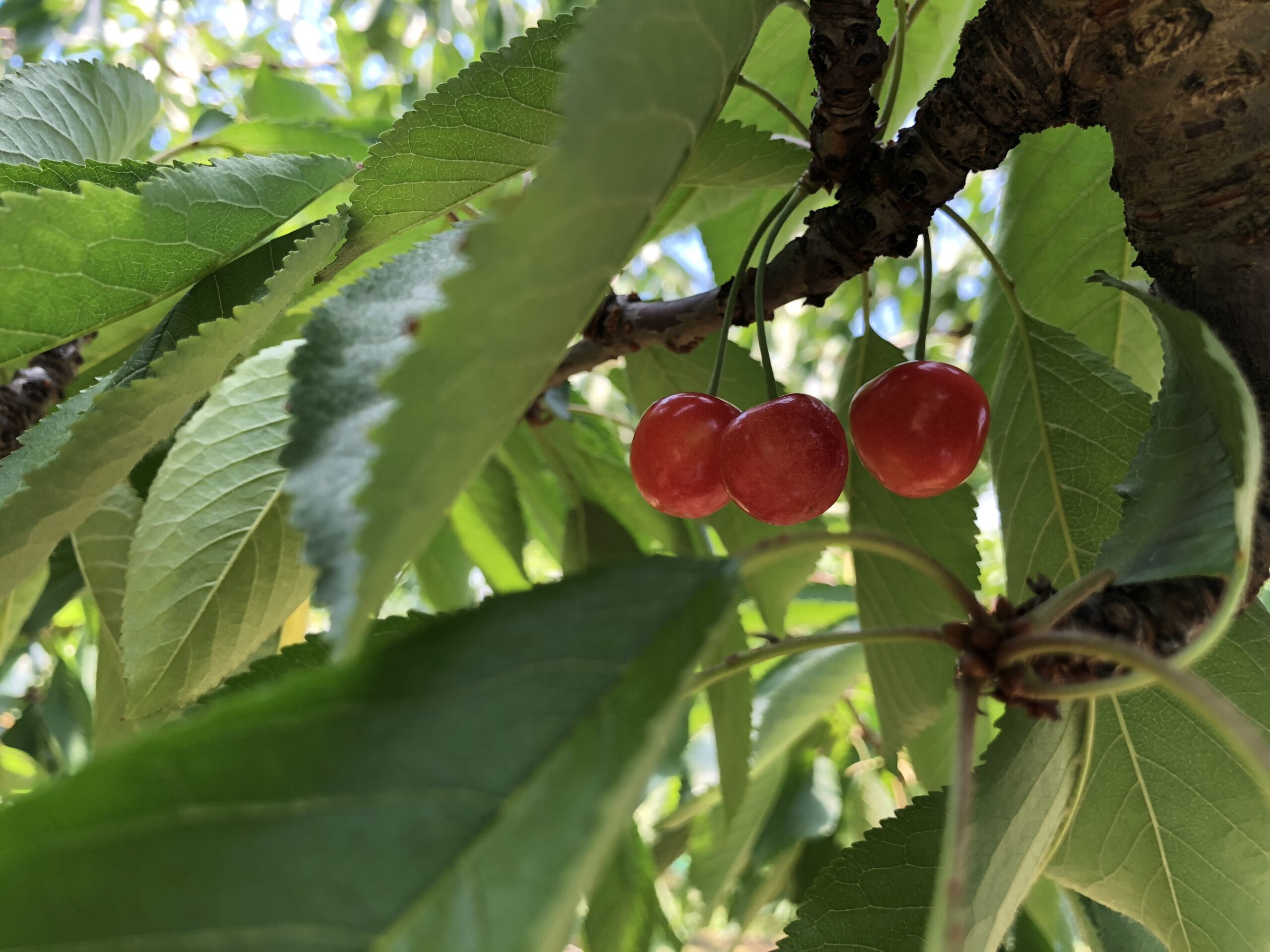
Yamagata is famous for its fruit trees, especially cherries. Cherry picking is popular during the harvest season in June, when tourists can eat cherries while picking them.
The prefectural capital is Yamagata City, located inland. Tsuruoka City and Sakata City on the Sea of Japan side have prospered since the Edo period and retain their own unique culture.
The three mountains of Dewa (Mt. Gassan, Mt. Yudono, and Mt. Haguro) are known for their Shugendo (ascetic practices that combine Buddhism and Shintoism).
Miyagi Prefecture
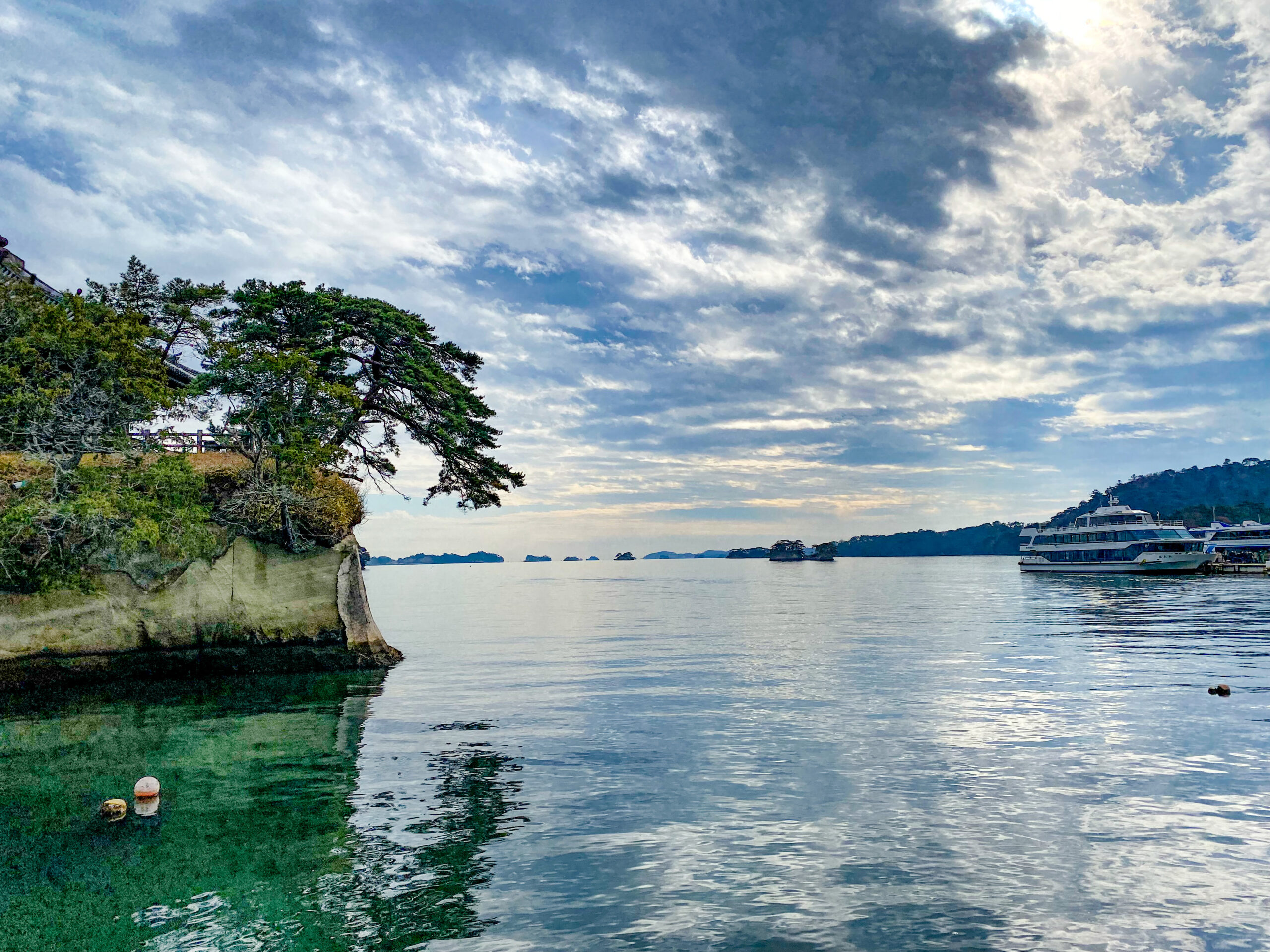
Miyagi Prefecture has the largest city in the Tohoku region, Sendai. It is the only city in the Tohoku region with a population of over 1 million, and there is a large concentration of people in the region.
There are several port towns along the coast, many of which were damaged by the tsunami. Matsushima has been a scenic spot known as one of the three most scenic spots in Japan since the Edo period. It is said that Matsuo Basho, a Japanese haiku poet, visited the area to enjoy the magnificent scenery created by the islands and pine trees floating in the sea.
Fukushima Prefecture
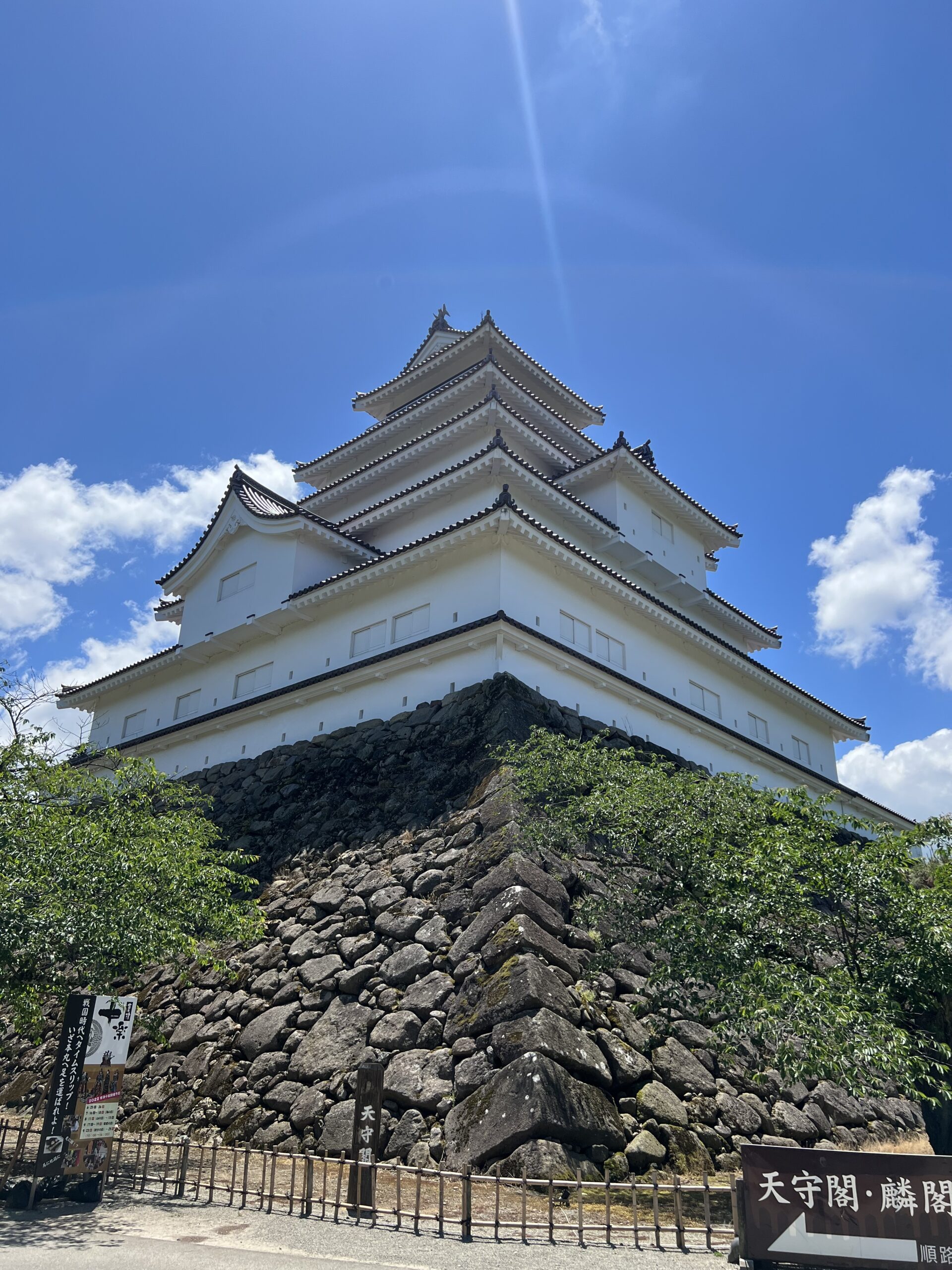
Fukushima Prefecture is divided into coastal Hamadori, inland Nakadori, and more inland Aizu, each with its own unique culture. The coastal areas were damaged by the tsunami, but even within the same prefecture, the Aizu region was not as severely affected. Aizu Wakamatsu City, located in the Aizu region, is known as Samurai City. Population and industry are concentrated in Nakadori, where the Tohoku Shinkansen bullet train passes through.
I can’t go on and on about the charms of each prefecture, so I will write about the good points of each prefecture after this!

